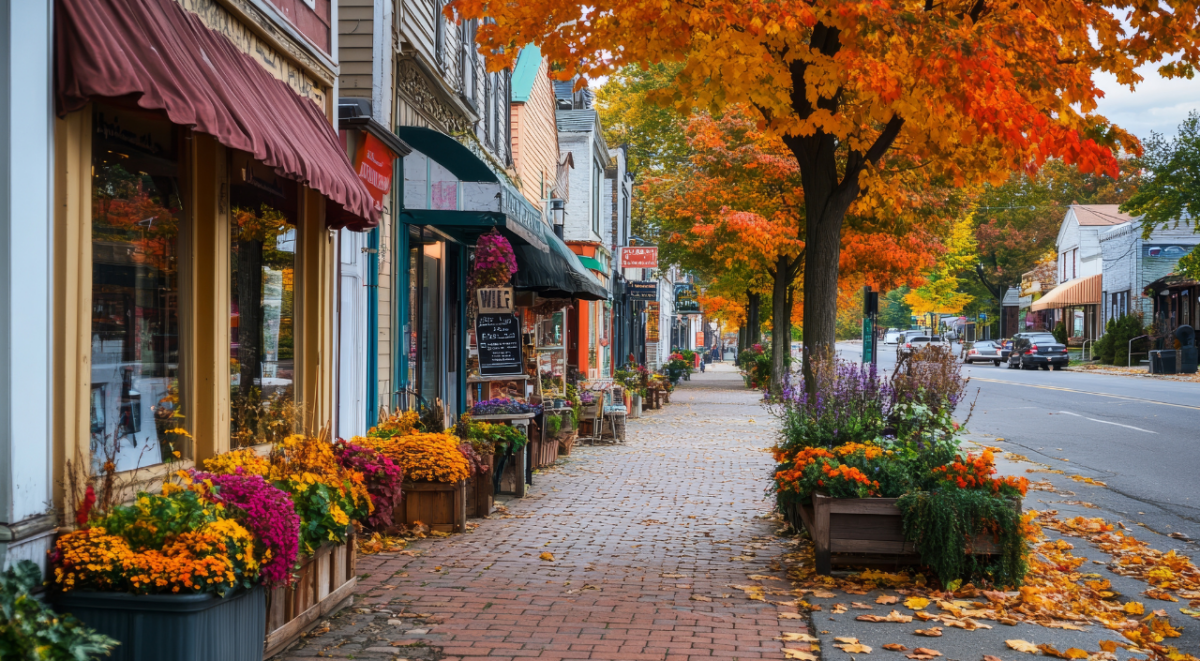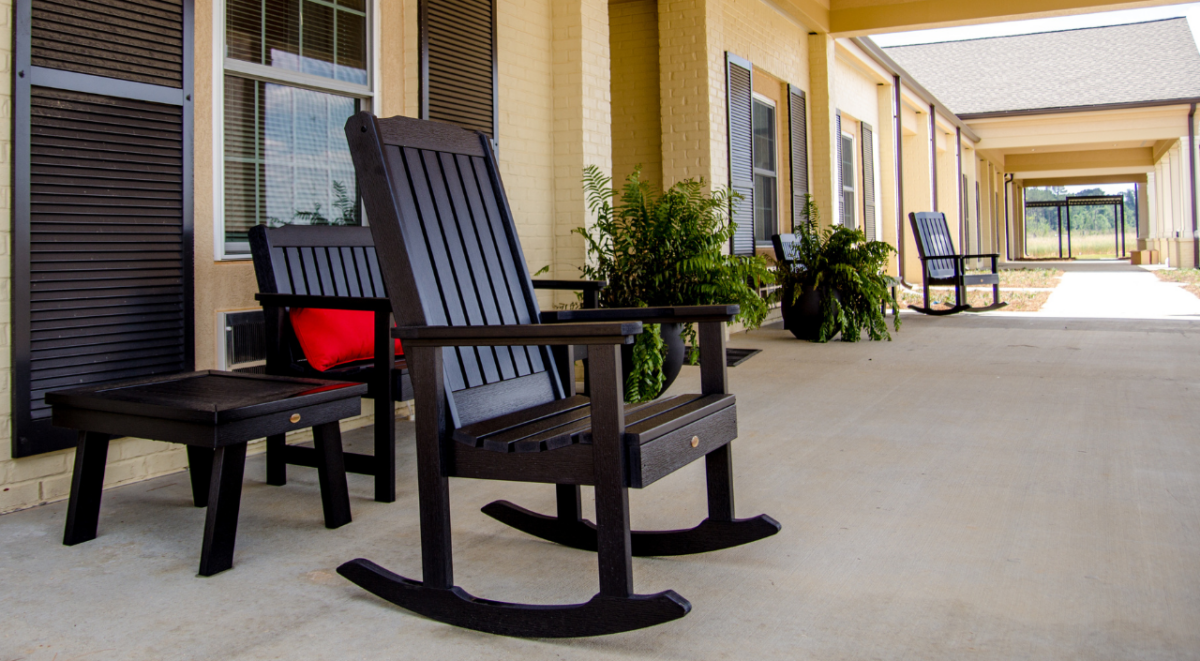The U.S. Department of Agriculture (USDA) offers entrepreneurs and commercial borrowers a wide range of business lending options through its Rural Development Loan Initiative. These business loan programs include the Business & Industry (B&I), Community Facilities, and Renewable Energy & Solar (REAP) Guaranteed Loan Programs, among others. All of these loans are designed to help provide capital for business development, business acquisition, the purchase of equipment, commercial space, operating capital, refinancing, and other expenses associated with starting or growing a business. All offer many benefits including relatively high loan amounts, long loan terms, and competitive rates, as compared to similar vehicles, like SBA 7(a), and other business loans. One other commonality is that these are all collateral-backed loans for credit-worthy borrowers. What does this mean? A few things. Here are five factors to know about collateral for a USDA Business Loan.
Collateral is a financing tool that helps secure a loan and ensure that you’ll repay it as agreed. When you borrow money using collateral, you agree that your lender can take the asset you put up as collateral and sell it to recover any funds that you do not repay. Of course, lenders would prefer that you repay loans according to the agreed-upon repayment schedule.
Providing collateral makes it possible to get large loans and improves your chances of gaining approval. When you back a loan with collateral, it also means that you’re more likely to get a good rate for the loan.
- Borrowers must be able to provide sufficient collateral to back the funding amount requested on a 1:1 basis. So, if a borrower is seeking a $4 million loan for their business, they must be able to secure the loan with $4 million in tangible assets. North Avenue Capital (NAC), America’s USDA Business & Industry Leader offers minimum loan amounts of $2 million with maximum loan amounts of $25 million, $40 million, or even $100 million, depending upon the specific program and use of the loan. Some lenders may consider USDA Business & Industry loan applications for as little as $1 million. NAC uses a $2 million minimum due to front-end costs, origination costs, and resource payouts.
- The collateral must be comprised of tangible assets. Tangible or “fixed assets” are assets that have a finite monetary value and most often, a physical form. They can typically be easily transacted for monetary value. Tangible assets are the opposite of intangible assets, which have theorized value rather than a transactional exchange value. Tangible assets can include real estate, equipment, or other kinds of property. Cash, bank accounts, stocks, bonds, and other “liquid” or “current” assets also are considered “tangible” and acceptable for collateral to back requested loan amounts.
- The Collateral is discounted, consistent with established LTV practices. As standard practice, most lenders discount the value of pledged collateral. Discounted collateral value (DCV) is the current value of the asset, based on an appraisal or estimate of its fair market value, discounted by a certain percentage. For example, a parcel of land might have a fair market value – that is, the price it would get if it was sold – of $2 million. A lender might follow a standard policy of discounting real estate by 20%, so the discounted collateral value of the land would be $1,600,000. The land would thus collateralize a loan of equal value: $1,600,000. Discount factors vary from loan-to-loan based on several risk factors that include the type of asset and type of loan, among other variables. Items that are hard to liquidate may receive steeper discounts than those that are less so.
- More collateral is better. Because collateral makes lending less risky, it increases a borrower’s ability to get a loan. Along those same lines, having more collateral to support a loan enables a borrower to seek a higher loan amount. As long as a borrower has collateral in an amount equivalent to the funds requested (when valued at a standard discounted rate), then they can apply for a USDA business loan for that same amount up to individual program limits. Within these limits, their maximum potential loan amount will largely depend on the value of the collateral they have to back their loan request. In addition, providing more collateral can facilitate better interest rates resulting in lower expenses over the life of the loan.
- Borrowers Need to Be Flexible. When applying for a USDA business loan, borrowers not only need to be able to provide collateral but also meet other minimum credit standards. Borrowers should have a good credit score (a score of 680, which is actually considered “fair” credit vs. 690, the actual score considered “good” by most lenders.). They also must be able to provide a business plan that demonstrates to the lender that there is a solid, data-backed expectation that the business can be successful and that the borrower can reasonably be expected to pay the loan amount back in the agreed-upon time frame.
Finally, in some cases, if a borrower has insufficient collateral or hasn’t built up the appropriate credit record to secure the kind of commercial funding they are seeking, that doesn’t mean they are out of options. Lenders like NAC may still be able to assist them if the borrower can personally guarantee the loan in another manner or is simply willing to be flexible with factors like collateral valuation, loan amounts, and loan terms.
Let North Avenue Capital Assist You With Applying for a USDA Business Loan
If you are interested in applying for a USDA business loan, let North Avenue Capital identify the right program for you, and walk you through eligibility and application. We are the nation’s #1 provider of USDA Rural Development Business & Industry (B&I) Loans. We have offices in Northeast Florida, Nevada, Arkansas, Georgia, Tennessee, and Texas, and partners in all 50 states to help facilitate loans. Contact us today for your commercial funding needs.


